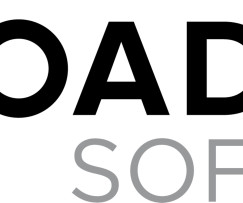Rethinking enterprise architects’ roles for agile transformation
CIO Business Intelligence
SEPTEMBER 17, 2024
CIOs often have a love-hate relationship with enterprise architecture. On the one hand, enterprise architects play a key role in selecting platforms, developing technical capabilities, and driving standards. The sponsor’s primary responsibility is to secure funding and justify the business value of the investment.
























Let's personalize your content